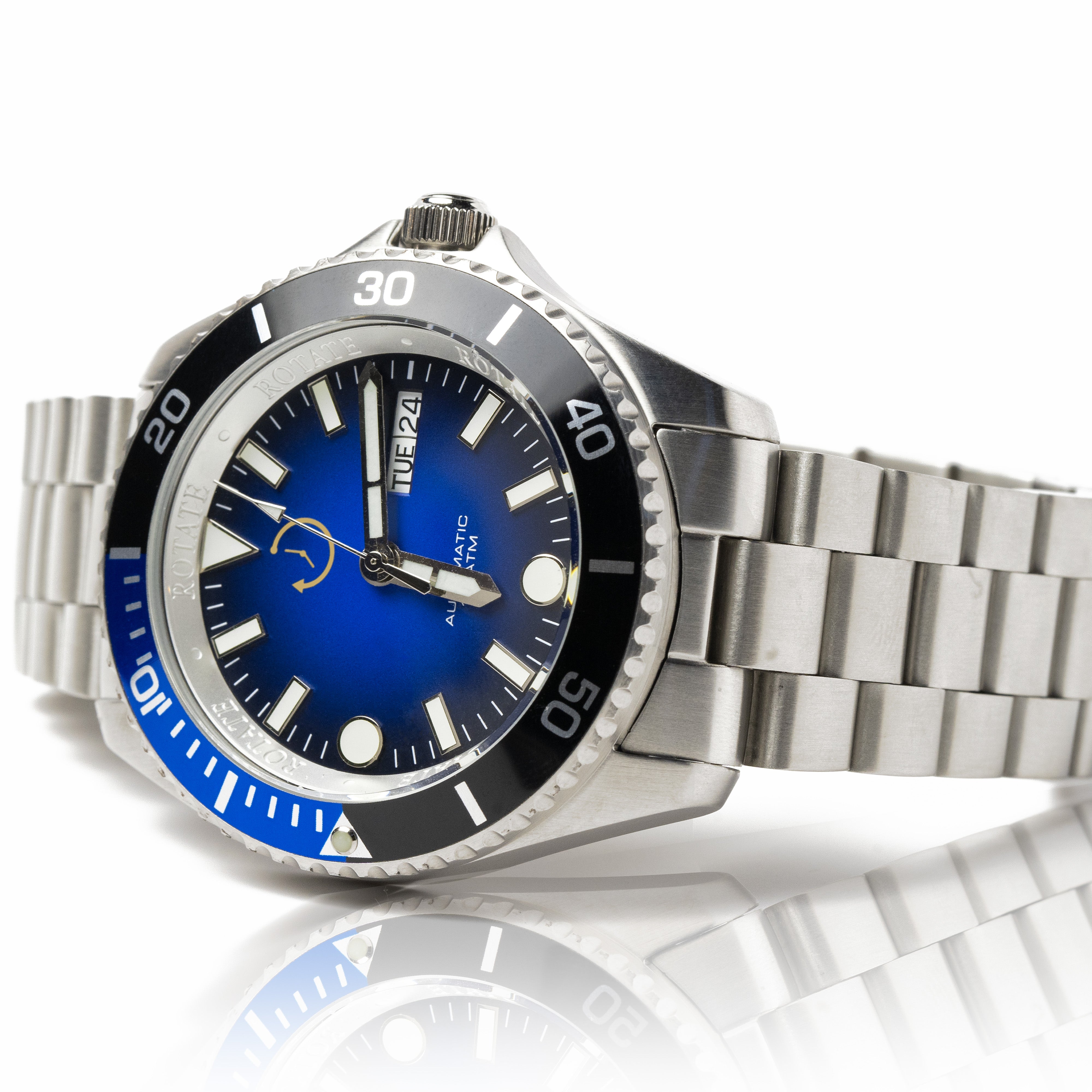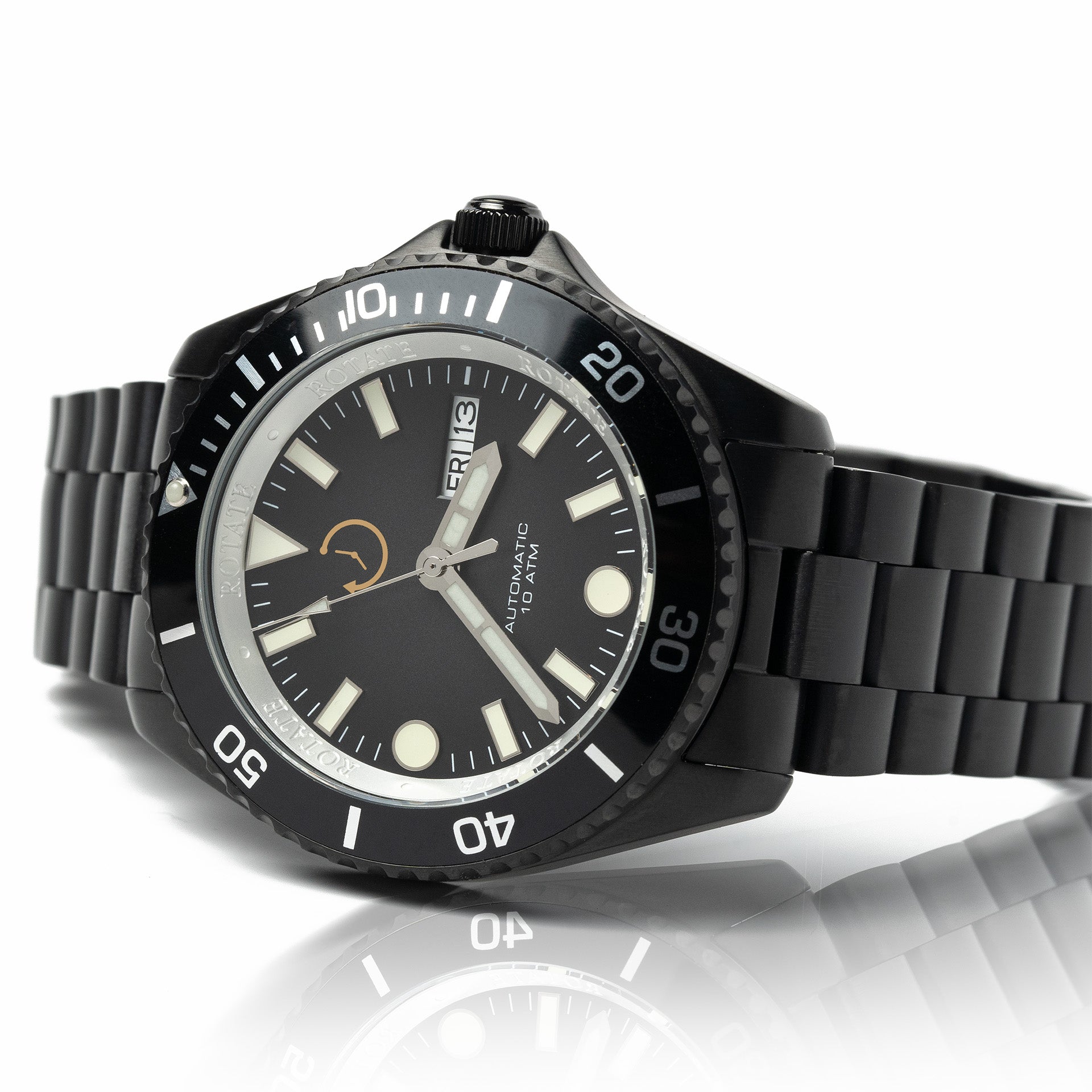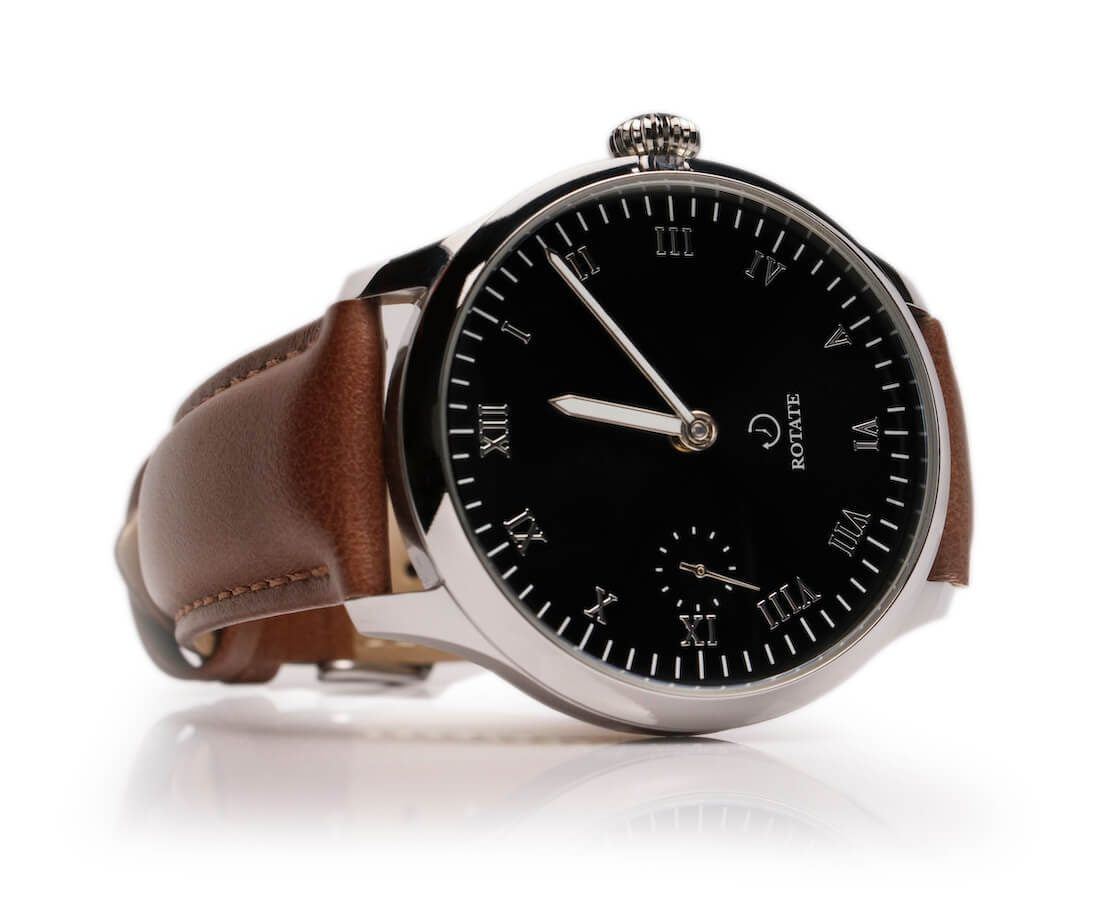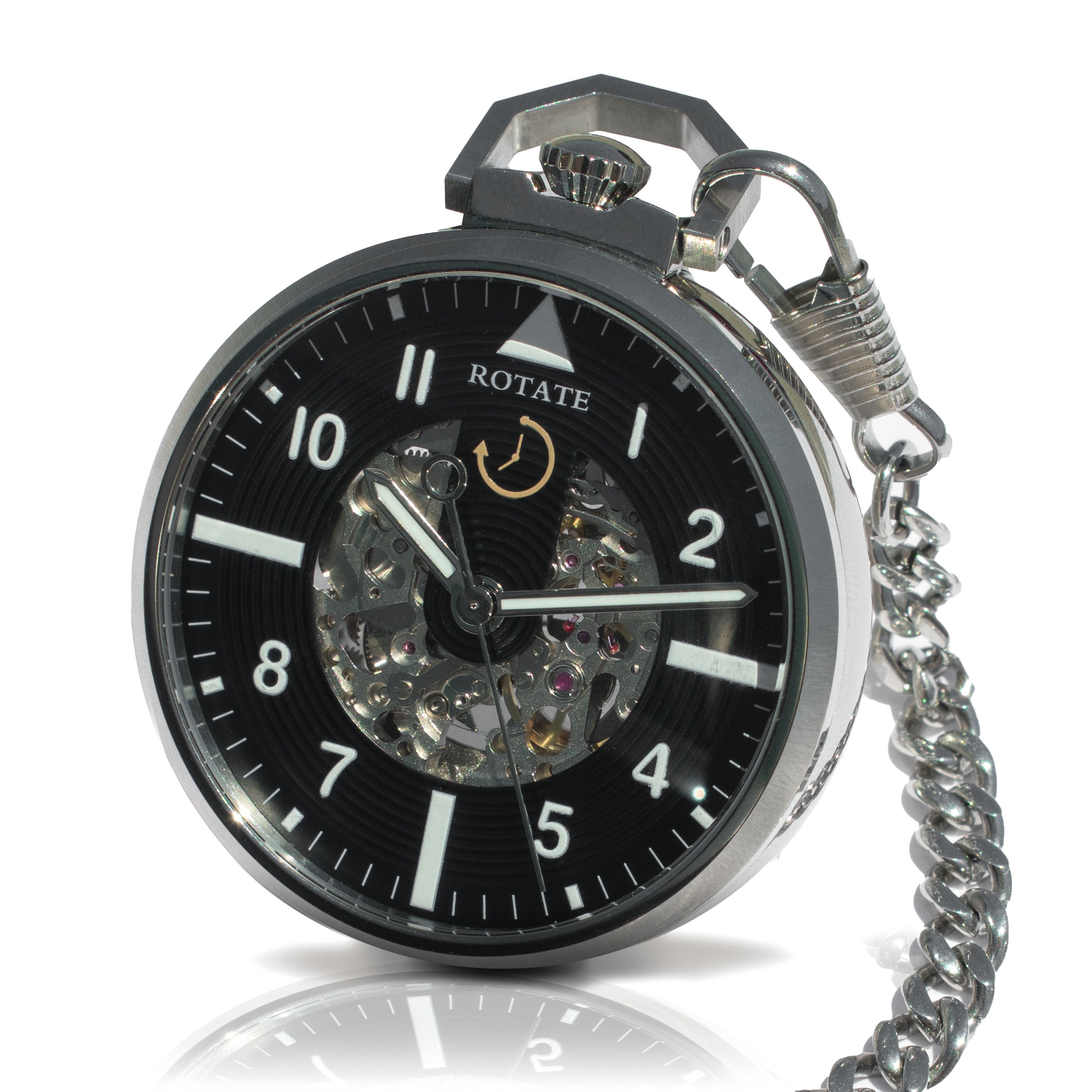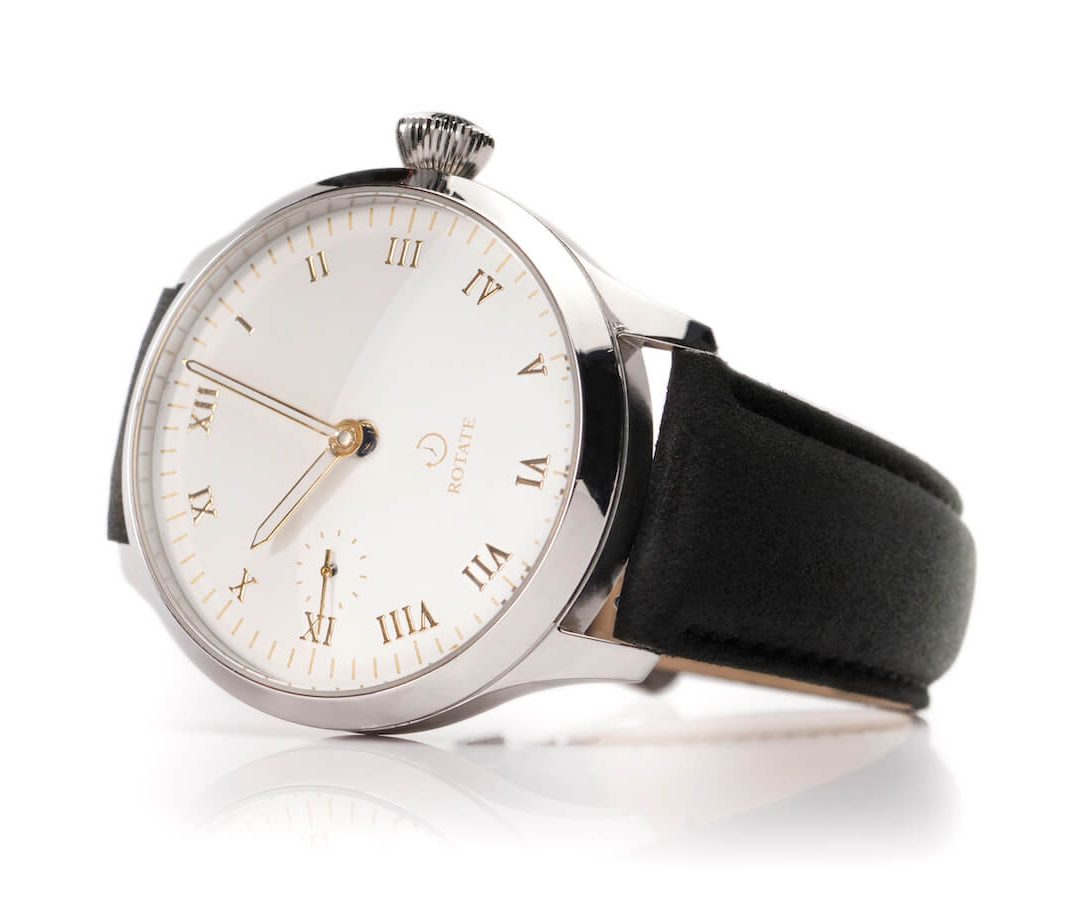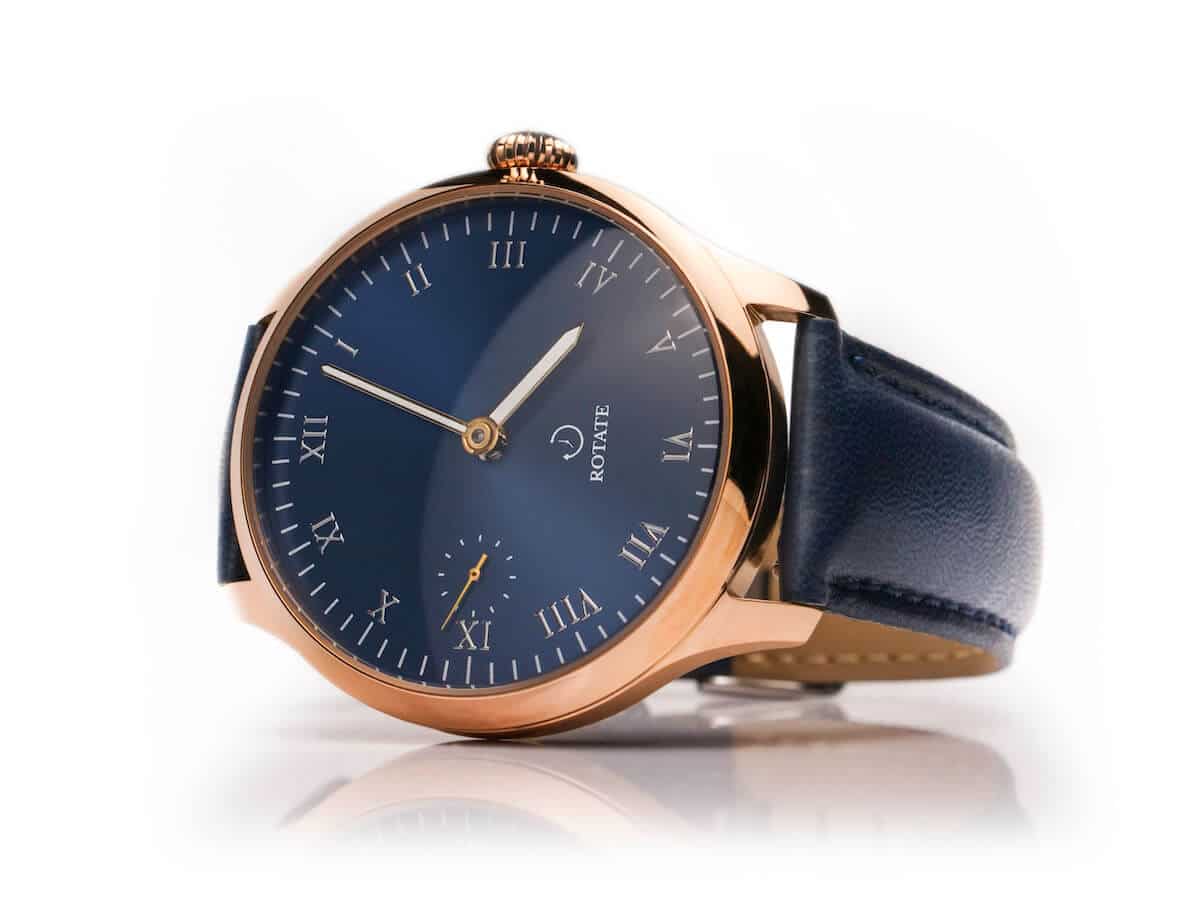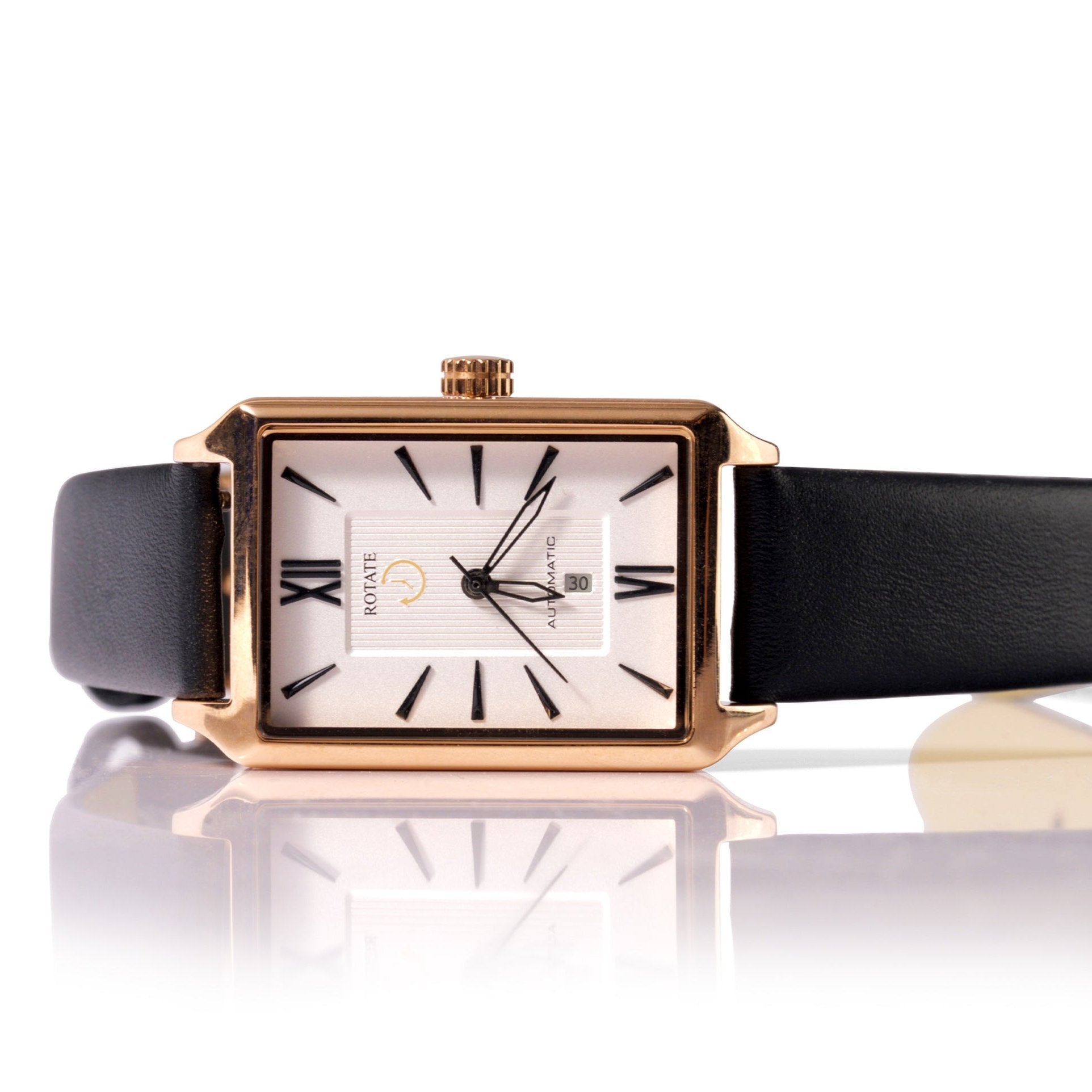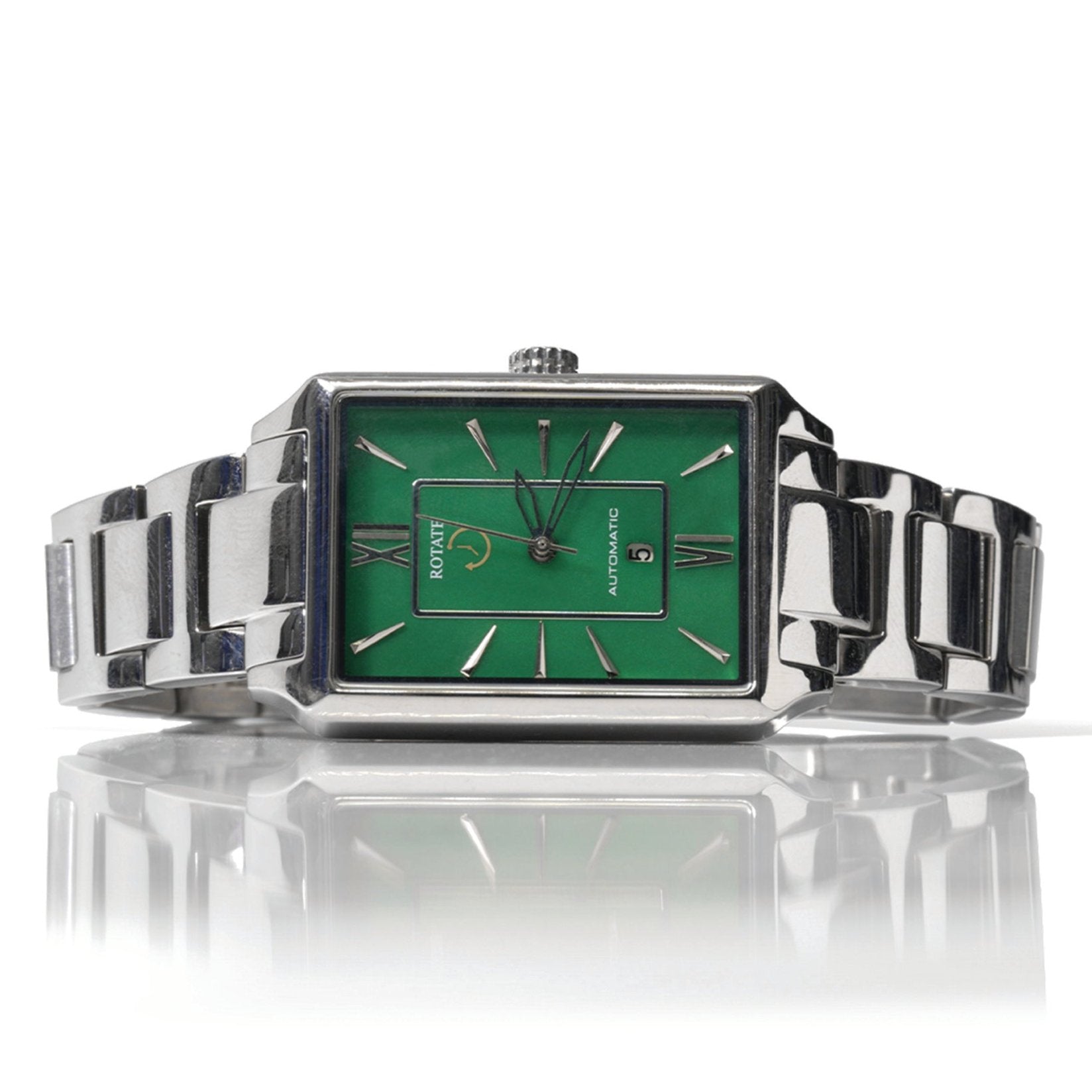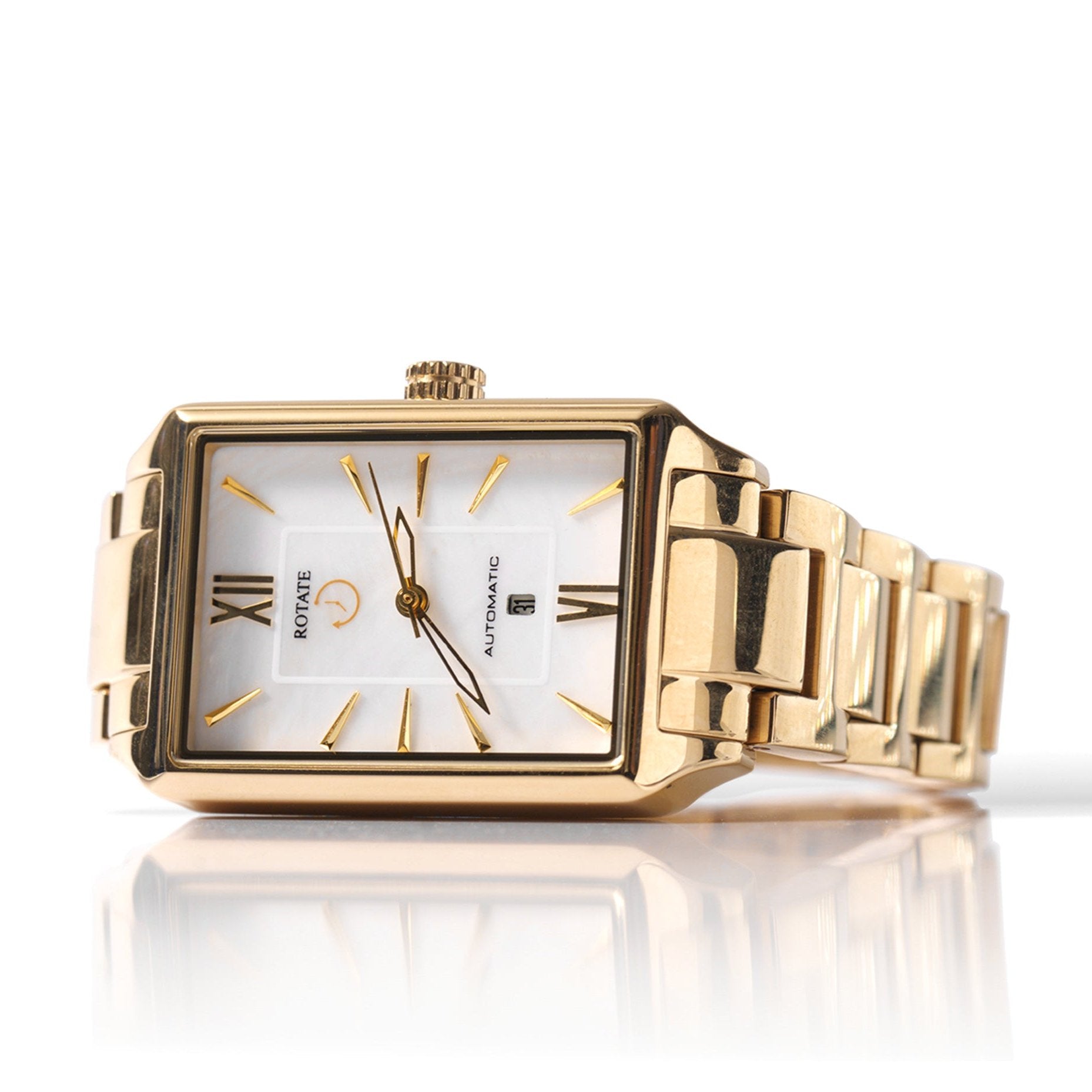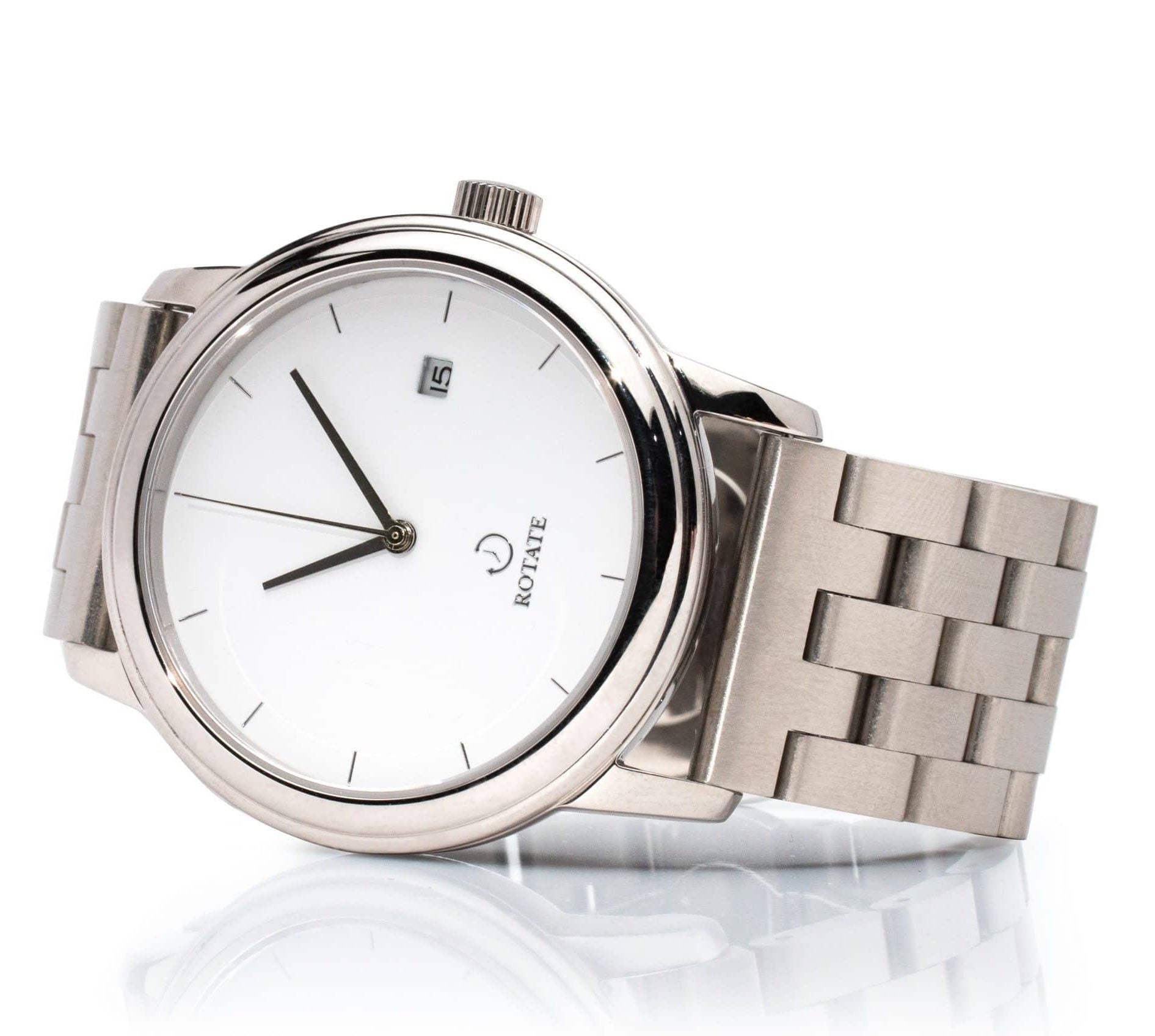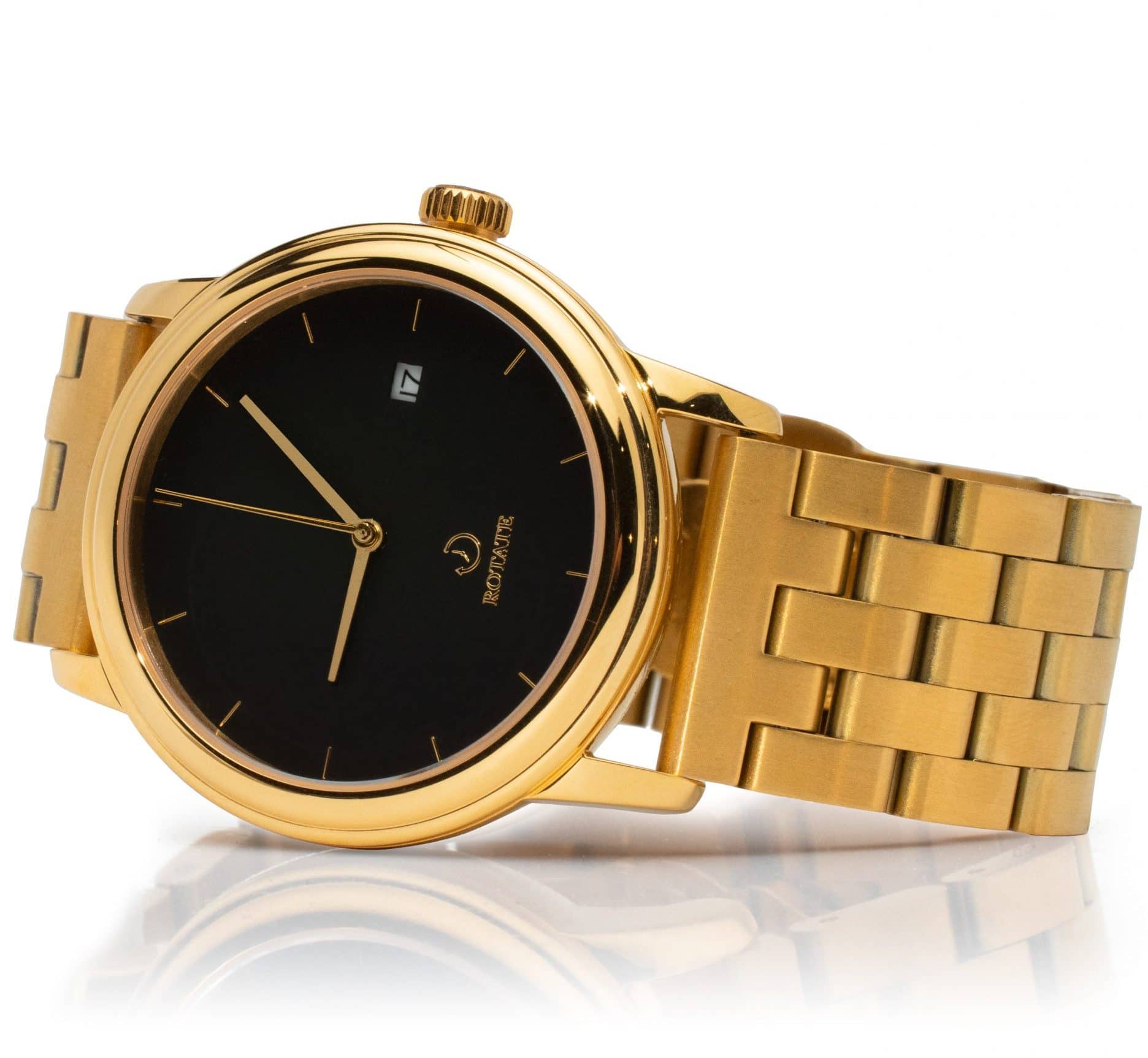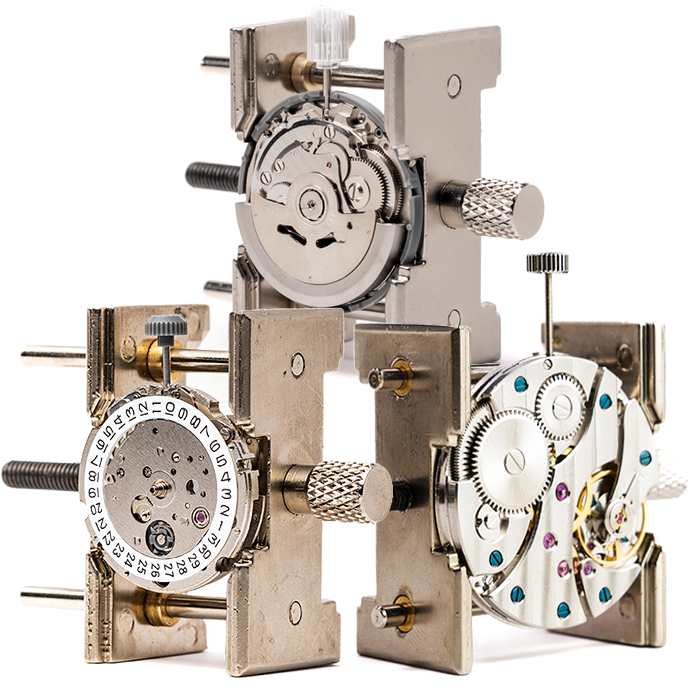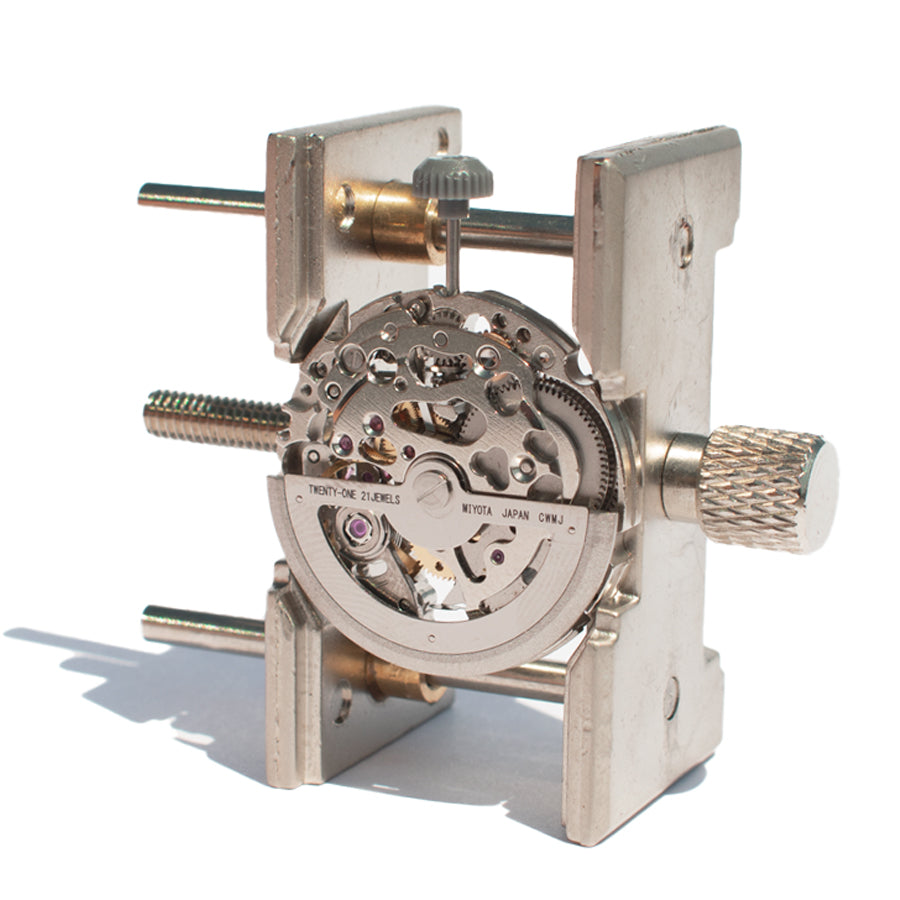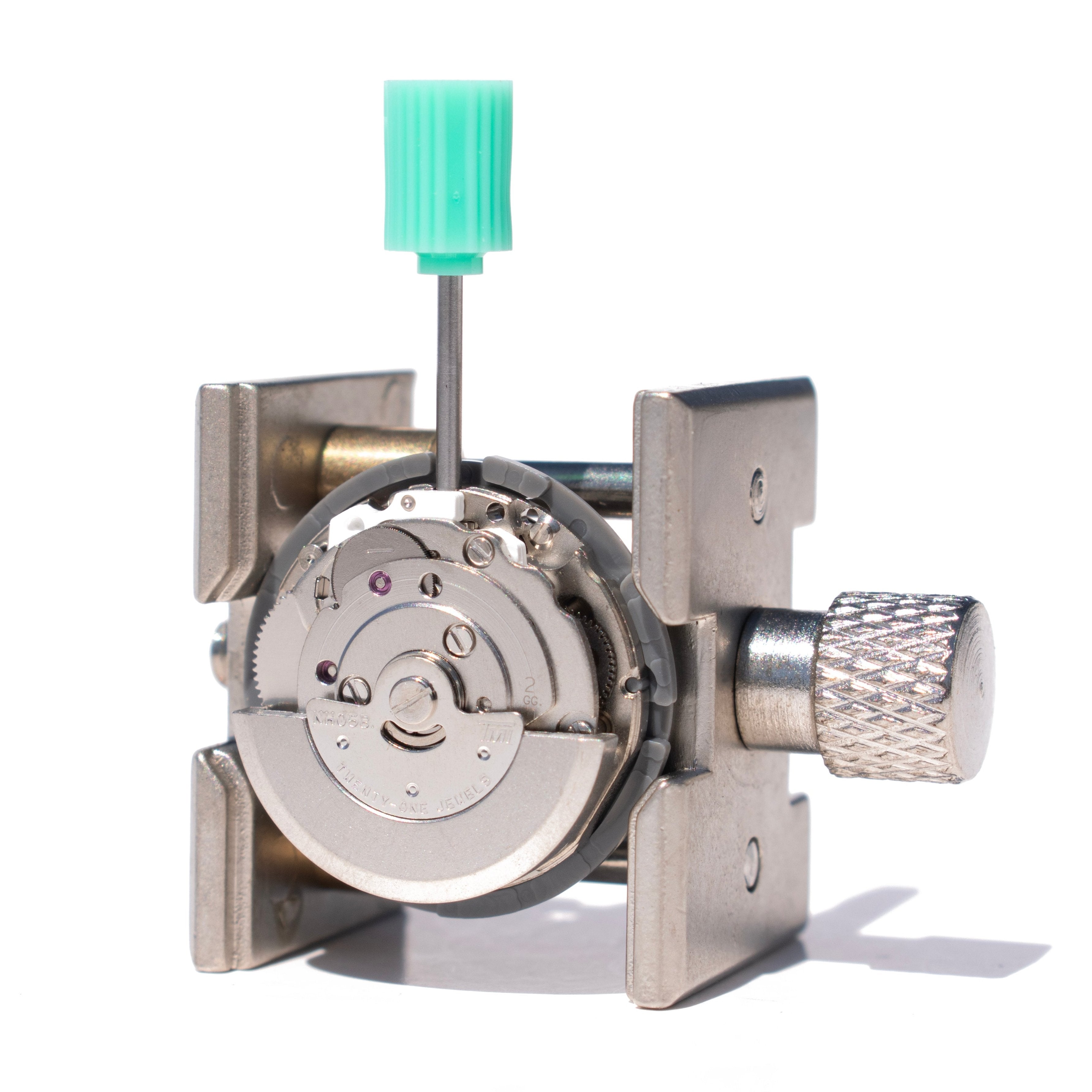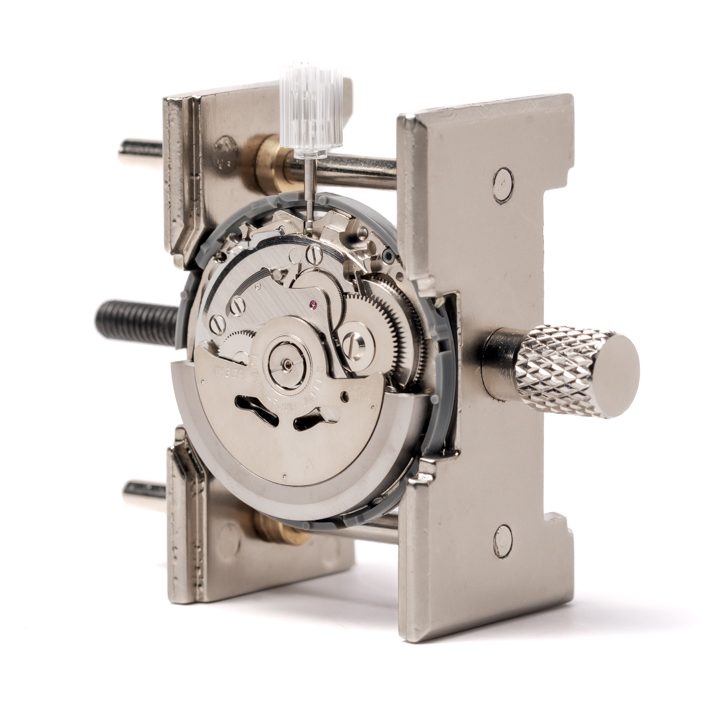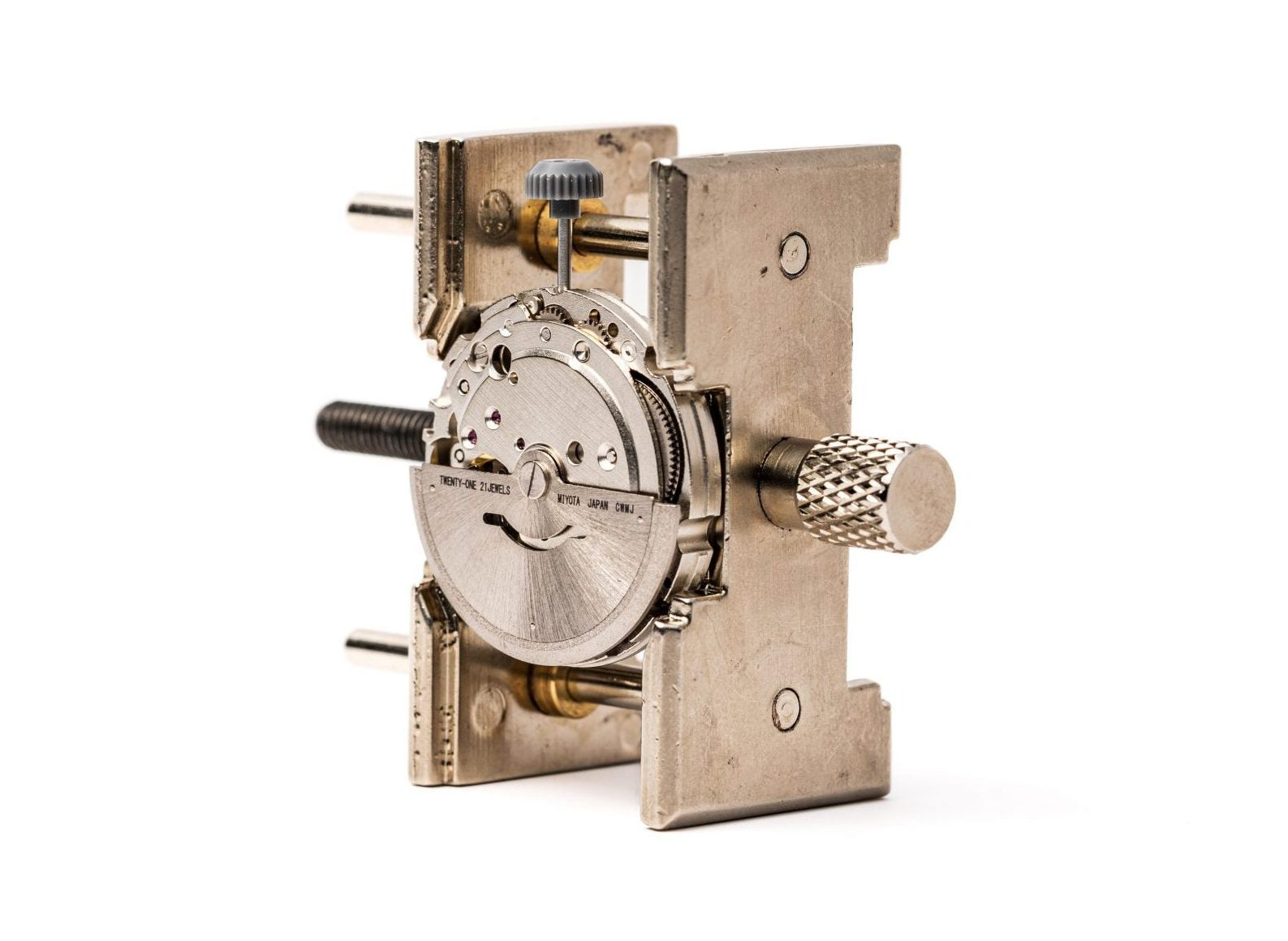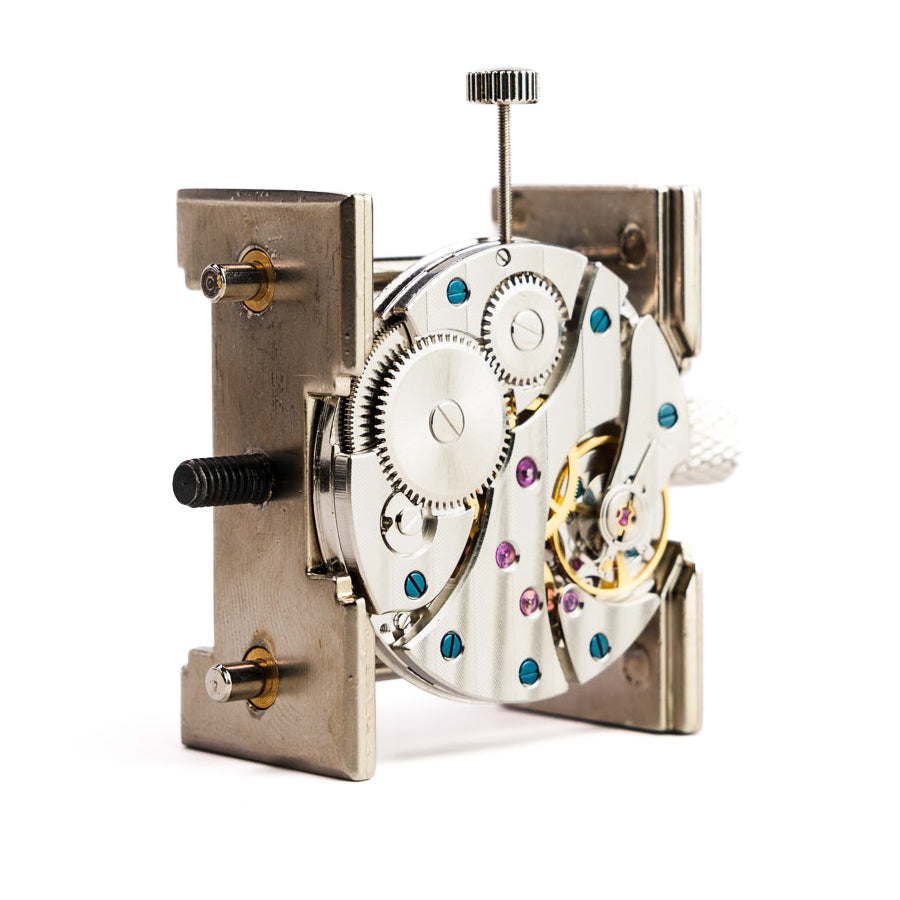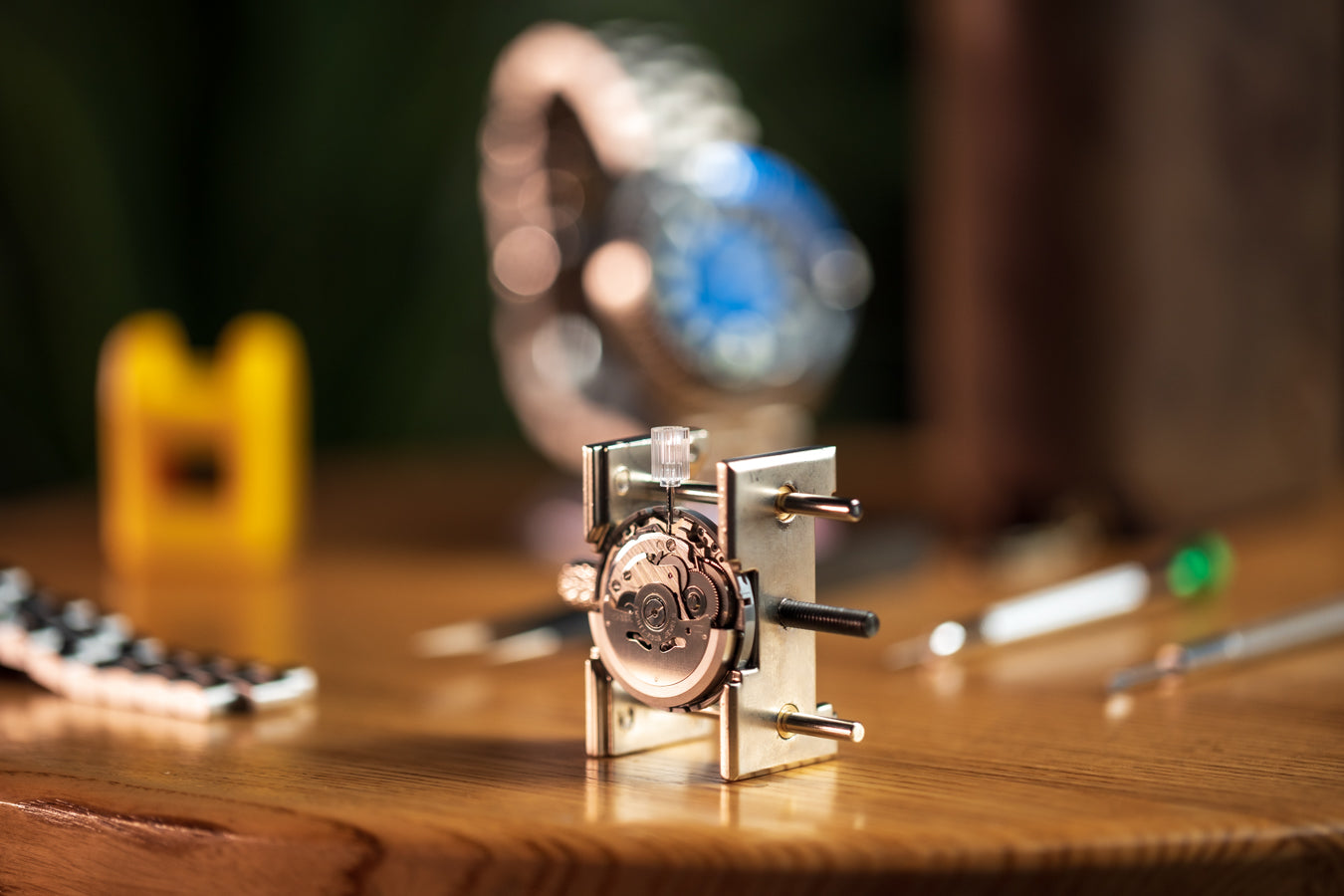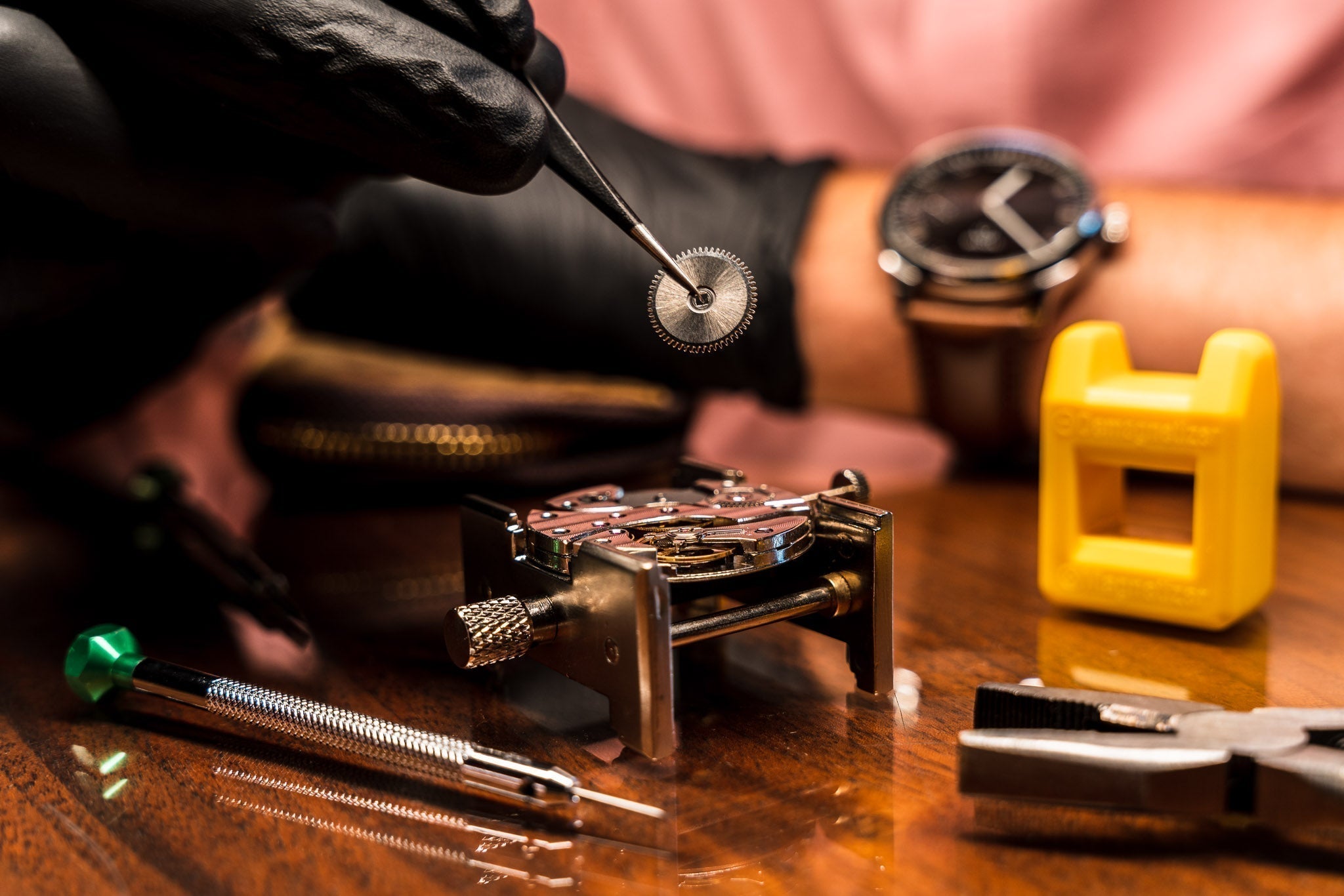
The Difference Between Automatic and Hand-Wound Watches
You're browsing watches online and keep seeing terms like "automatic" and "hand-wound" thrown around.
Maybe you're thinking, "Aren't all watches just... watches?"
Well, here's the thing. The way a watch gets its power changes everything about how you'll use it day to day.
Automatic and hand-wound watches both belong to the mechanical watch family. Neither needs batteries, and both run on stored energy from a tightly coiled spring. The big difference? One winds itself while you wear it. The other requires you to wind it manually every day or two.
Once you understand how each type works, picking the right one becomes way easier. You'll know which fits your routine, your style, and what you actually want from a watch.
How Automatic Watches Actually Work
Automatic watches wind themselves as you move your wrist. Inside the watch sits a small weighted rotor that spins when you walk, gesture, or just go about your day. Picture a tiny hamster wheel connected to gears. As the rotor spins, those gears transfer energy to the mainspring, which stores power like a battery.
The mainspring keeps your watch ticking even when you take it off at night. Most automatic watches hold around 40 to 50 hours of power reserve. Put your watch on Friday morning, and you can wear it all weekend without thinking about winding.
What happens when the power runs out?
Your watch stops. No big deal. Just put it back on your wrist, give it a few shakes, or turn the crown a few times to wind it manually. Most modern automatic movements let you do both, which gives you flexibility.
Some watch collectors keep their automatics on watch winders when they're not wearing them. Picture a little rotating platform that mimics wrist movement. Winders keep the watch running, so you don't have to reset the time and date every time you want to wear it. If you only own one automatic watch, you probably don't need a winder. Just wear it regularly.
How Hand-Wound Watches Work
Hand-wound watches take a more traditional approach. You wind them yourself using the crown (that little knob on the side). Turn the crown clockwise until you feel resistance, and you're done. The crown connects to the mainspring through gears, storing mechanical energy as you wind.
The mainspring slowly unwinds over the next 40 to 80 hours, depending on the movement. A balance wheel and escapement work together to release that energy in tiny, controlled bursts. That's what creates the smooth sweep you see on the seconds hand.
Hand-wound movements have fewer parts than automatic movements because there's no rotor or self-winding mechanism. Fewer parts often mean a thinner watch case, which works great for dress watches and sleek designs. You'll notice hand-wound watches tend to sit flatter on your wrist.
Winding becomes part of your morning routine. Some people find that ritual satisfying, like making coffee with a manual grinder. You're physically connecting with the watch. Others prefer the convenience of an automatic. Neither approach is wrong.
Differences Between Automatic & Hand-Wound
Let's get practical about what separates these two types.
Automatic watches wind themselves through motion. You wear them, and they stay powered. The rotor adds thickness to the movement, so automatic watches tend to be a bit chunkier. More parts mean slightly more complexity if you ever need repairs. But convenience wins here. Put the watch on, and you're good to go.
Hand-wound watches need daily winding, usually at the same time each day for best accuracy. You turn the crown until you feel gentle resistance (don't force it). The thinner profile makes them perfect for sliding under dress shirt cuffs. Fewer moving parts can mean easier maintenance down the line. Plus, that winding ritual creates a tangible connection to the watch.
Here's a quick comparison:
|
What You're Comparing |
Automatic |
Hand-Wound |
|
How You Wind |
Wears itself through motion |
Manual winding daily |
|
Parts Inside |
More (includes rotor) |
Fewer (no rotor) |
|
Watch Thickness |
11-15mm typically |
8-12mm typically |
|
Daily Routine |
Just wear it |
Wind at the same time daily |
|
Power Reserve |
40-50 hours average |
40-80+ hours possible |
|
Convenience Level |
High (self-winding) |
Medium (requires winding) |
Both types can last for decades with basic care. Neither needs battery replacements. Both represent real mechanical watchmaking.
Which One Fits Your Life? Automatic or Hand-Wound?
Your daily routine matters more than any technical spec. Do you wear the same watch every day? An automatic movement makes perfect sense. You'll never think about winding because your wrist keeps it powered. Automatic watches dominate the market, so you'll find way more options in styles, brands, and price ranges.
Prefer rotating between multiple watches? Hand-wound movements work better for that lifestyle. You're already handling the watch to wind it, so resetting the time takes no extra effort. The thinner case profile works great if you love vintage-inspired or dress watch styles.
Maybe you're building your first watch collection. Starting with an automatic gives you the easiest daily experience. You can always add a hand-wound piece later once you're comfortable with mechanical watches. Or go hand-wound first if that daily ritual appeals to you.
Neither choice locks you in forever. Watch enthusiasts often own both types because they serve different purposes. Your casual weekend watch might be automatic. Your dress watch for special occasions might be hand-wound.
Building Your Own Watch
Want to really understand how these movements work? Building your own watch beats reading about it. You see exactly how the rotor spins, how gears connect, and how the mainspring stores energy.
At Rotate Watches, we sell complete watchmaking kits starting from $140 that include everything you need. The Cabot Watchmaking Kit comes with a Seiko NH36 automatic movement. You get 24 jewels, over 41 hours of power reserve, and a 43mm stainless steel case with 10 ATM water resistance. The deep-sea blue dial looks sharp with the silver bracelet.
The Alden Watchmaking Kit offers a different vibe with its rectangular rose gold case and Seiko NH05 movement. Both kits include proper tools (screwdrivers, tweezers, spring bar tool, pliers, glue, and gloves). You get lifetime warranties and 24/7 support if you get stuck during assembly.
Building your own watch changes how you look at every timepiece. You'll notice details you never saw before. You'll appreciate the engineering. And yeah, you'll probably want to build another one.
FAQs
Q1. Can you wind automatic watches by hand?
Yes, most modern automatic watches let you wind them manually. Turn the crown clockwise when the watch has stopped. The automatic winding kicks in once you start wearing the watch again.
Q2. How often do you wind hand-wound watches?
Wind your hand-wound watch once a day at roughly the same time. Most movements need winding every 24 to 48 hours, depending on power reserve. Daily winding keeps accuracy consistent.
Q3. Do you need a watch winder for automatics?
No, watch winders are optional. Winders help collectors with multiple automatic watches who don't wear each piece daily. Single-watch owners can just wear their automatic regularly without needing extra equipment.
Q4. Which movement type lasts longer?
Both automatic and hand-wound watches last for generations with basic maintenance. Hand-wound movements have fewer parts, which can simplify repairs. Automatic movements remain extremely durable despite the extra components. Regular wear matters more than movement type for longevity.
Q5. Are hand-wound watches more accurate?
Hand-wound and automatic watches achieve similar accuracy. Movement quality determines precision, not the winding method. Both types run within normal ranges for mechanical watches. Regular use and proper adjustment affect accuracy more than whether you wind by hand or automatically.
Q6. Can overwinding damage your watch?
Modern mechanical watches include safety features preventing overwinding damage. Automatic movements disengage when fully wound. Hand-wound watches use slip clutches that let the crown spin freely at full tension. You'll feel resistance when the mainspring reaches capacity.
{ "@context": "https://schema.org", "@type": "FAQPage", "mainEntity": [ { "@type": "Question", "name": "Can you wind automatic watches by hand?", "acceptedAnswer": { "@type": "Answer", "text": "Yes, most modern automatic watches let you wind them manually. Turn the crown clockwise when the watch has stopped. The automatic winding kicks in once you start wearing the watch again." } }, { "@type": "Question", "name": "How often do you wind hand-wound watches?", "acceptedAnswer": { "@type": "Answer", "text": "Wind your hand-wound watch once a day at roughly the same time. Most movements need winding every 24 to 48 hours, depending on power reserve. Daily winding keeps accuracy consistent." } }, { "@type": "Question", "name": "Do you need a watch winder for automatics?", "acceptedAnswer": { "@type": "Answer", "text": "No, watch winders are optional. Winders help collectors with multiple automatic watches who don't wear each piece daily. Single-watch owners can just wear their automatic regularly without needing extra equipment." } }, { "@type": "Question", "name": "Which movement type lasts longer?", "acceptedAnswer": { "@type": "Answer", "text": "Both automatic and hand-wound watches last for generations with basic maintenance. Hand-wound movements have fewer parts, which can simplify repairs. Automatic movements remain extremely durable despite the extra components. Regular wear matters more than movement type for longevity." } }, { "@type": "Question", "name": "Are hand-wound watches more accurate?", "acceptedAnswer": { "@type": "Answer", "text": "Hand-wound and automatic watches achieve similar accuracy. Movement quality determines precision, not the winding method. Both types run within normal ranges for mechanical watches. Regular use and proper adjustment affect accuracy more than whether you wind by hand or automatically." } }, { "@type": "Question", "name": "Can overwinding damage your watch?", "acceptedAnswer": { "@type": "Answer", "text": "Modern mechanical watches include safety features preventing overwinding damage. Automatic movements disengage when fully wound. Hand-wound watches use slip clutches that let the crown spin freely at full tension. You'll feel resistance when the mainspring reaches capacity." } } ] }


